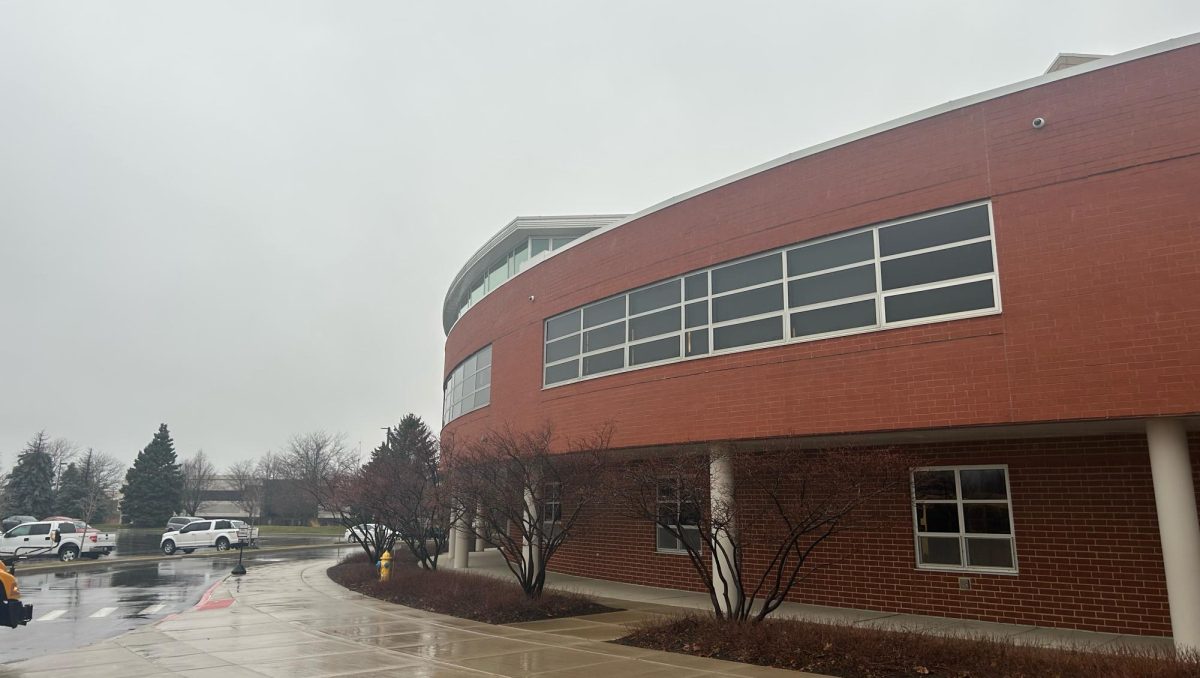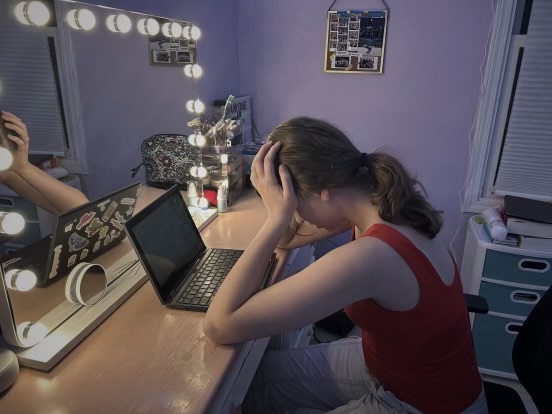
Bitterly cold temperatures, early sunsets, and staying indoors. Living in the Vernon Hills area during the winter months, the average amount of daylight is nine hours, which compared to the summer months, fifteen hours, is much shorter.
This natural shift of seasons can spark an overall lack of motivation, increased fatigue, loss of interest in daily activities, decreased socialization, and lower serotonin levels. This is known as seasonal affective disorder (SAD), or seasonal depression.
Merissa Zyrkowski, a social studies and psychology teacher, explained the meaning of seasonal affective disorder.
“Seasonal affective disorder is a seasonal pattern of depression that occurs in the winter months, depending on where you live,” Zyrkowski said.
According to the Diagnostic and Statistical Manual of Mental Disorders (DSM), in order to qualify for any type of major depressive disorder a person must meet a certain amount of characteristics or symptoms for a specified period of time. For seasonal depression, these symptoms are confined to a certain time of year.
Therefore, in order to identify whether someone has seasonal or clinical depression, it depends on what time of year someone may exhibit symptoms.
The National Institute of Mental Health (NIMH) suggests these mood changes can affect how a person feels, thinks and behaves. If someone notices a significant change in their mood and behavior when the seasons change, those symptoms align more with seasonal affective disorder.

According to the National Institute of Mental Health website, “SAD symptoms starting in the late fall or early winter go away during the spring and summer, known as winter-pattern depression.”
“It’s not only that there’s less sunlight, but people are outside less because of the cold and restrict sunlight in their daily lives,” said Doug Dusthimer, a VHHS social worker.
As a result, the lack of sunlight can be triggering for some individuals.
Kevin Bautista (12), a student who struggles with seasonal affective disorder, put this feeling into his perspective.
“The weather and being outside with no light is depressing. Having finals in mid December, then going on [winter] break and coming back is a weird feeling,” Bautista said.
Students can use a variety of coping mechanisms to deal with stress, burnout, or lack of motivation.
Zyrkowski said taking things day by day helps her to manage the stress she endures in her daily life; in her daily routine, finding time to spend with her family after work also brings her joy.
Sunlamps, which emit ultraviolet rays, can simulate sunlight during the hours people are or aren’t typically receiving daylight. Zyrkowski noted that getting exposure to more sunlight is recommended to ease the effects of feeling isolated.
Dusthimer also shared some of the coping mechanisms he uses in his daily life.
“Mr. Avila and I meditate most days. We both have an app called “Ten Percent Happier” and we both read the book and were intrigued by it [the app],” Dusthimer said.
Ten Percent Happier is an app geared towards newcomers or skeptics looking for a way to incorporate meditative or restorative mindfulness into their routine. Their practices use straight talk incorporated with humor to help focus on better sleep, reducing stress, and boosting concentration.
The CDC recommends taking physical health into account by eating healthy, getting enough sleep, and getting exercise in order to improve mental well-being.
Bautista said another tactic some may find resourceful is listening to music. He shared that during this time of year, playing guitar and writing poems helps him cope with feeling down.
As the typical seasonal depression period comes to a close around this time, students can look ahead to brighter days moving forward.
